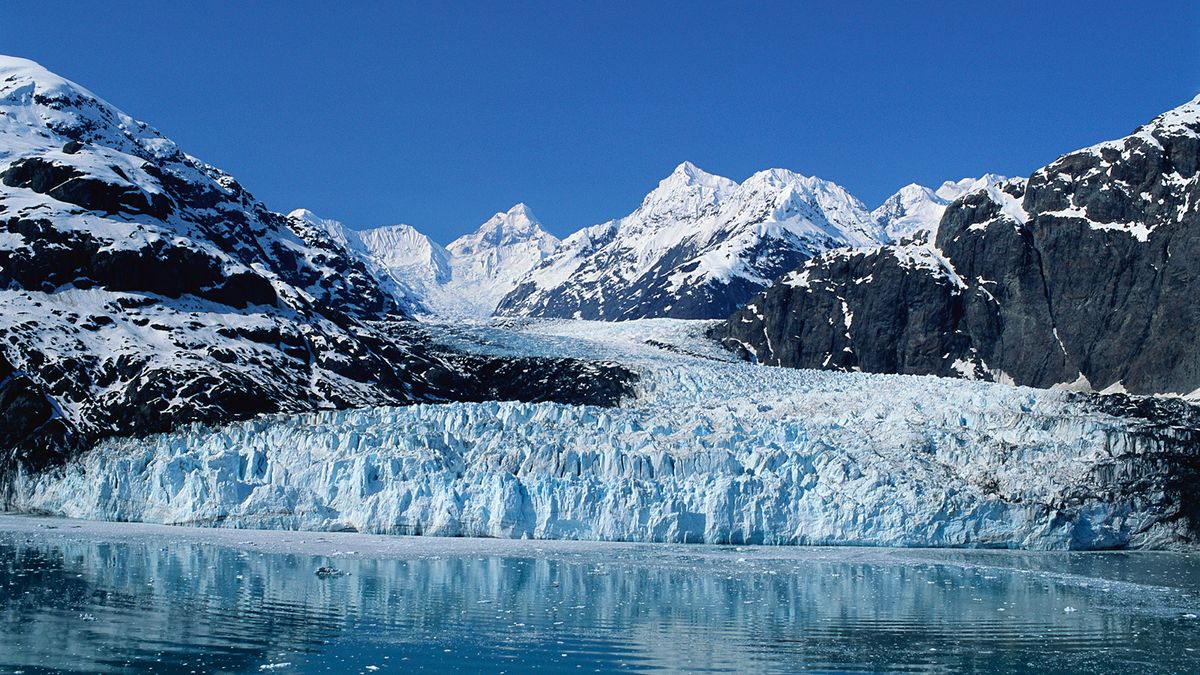Photo AI
Last Updated Sep 27, 2025
Glaciers Simplified Revision Notes for Junior Cycle Geography
Revision notes with simplified explanations to understand Glaciers quickly and effectively.
273+ students studying
Glaciers
Glacial Processes
Glacial Processes include erosion and transportation
Glacial Erosion
Glaciers erode the landscape as they move, shaping valleys and forming distinctive features. The two main processes of glacial erosion are:
- Plucking: As the glacier moves, it pulls rocks from the ground. This happens when the ice melts slightly at the base, causing water to seep into cracks in the rock. When this water refreezes, it expands and "plucks" chunks of rock, carrying them along with the glacier.
- Abrasion: Rocks and debris carried by the glacier grind against the land beneath, like sandpaper. This action creates scratches on the rock surface, known as striations, which can indicate the direction the glacier moved.

Glacial Transportation
Glaciers also transport material as they move downhill. The material transported by glaciers is known as moraine and is classified based on where it is located:
- Lateral moraines: These are ridges of debris found along the sides of a glacier, formed by material that falls from the valley walls or is plucked from the sides by the glacier.
- Medial moraines: When two glaciers meet, the debris from their lateral moraines combines and forms a ridge down the centre of the joined glacier.
- Ground moraines: Found at the base of the glacier, these are deposits of material that were plucked from the valley floor as the glacier moved.
- Terminal moraines: These form at the front of a glacier and mark the furthest point the glacier has advanced. They consist of debris pushed along by the glacier as it moves.
Features of Glacial Erosion
Glacial erosion creates distinctive landforms, particularly in mountainous areas where glaciers have carved through valleys and shaped the landscape.
- U-Shaped Valleys: These valleys are formed when a glacier moves through a V-shaped river valley, widening and deepening it. The glacier erodes the valley sides and floor, creating steep sides and a flat bottom, resembling the letter "U". An example is Glendalough, Co. Wicklow.
- Hanging Valleys: Smaller tributary glaciers join larger glaciers, but they don't erode as deeply. When the glaciers melt, the smaller valley is left "hanging" above the main U-shaped valley. Waterfalls often form from rivers flowing out of hanging valleys. Poulanass Waterfall, Glendalough is an example.
- Truncated Spurs: Glaciers cut through interlocking spurs of a river valley, slicing off the ends to create steep cliffs known as truncated spurs. This happens as the glacier moves straight down the valley, cutting through obstacles.
- Pyramidal Peaks: When several cirques (bowl-shaped hollows) erode into a mountain from different sides, they create a sharply pointed peak. An example is Carrauntoohil, Co. Kerry.
- Cirques (Corrie Lakes): These are bowl-shaped hollows found on mountainsides, created by plucking and abrasion at the glacier's base. After the glacier melts, the cirque often contains a small lake called a tarn.
- Ribbon Lakes: Long, narrow lakes that form in U-shaped valleys where the glacier deepened sections of the valley floor. When the glacier melts, water fills these depressions. Kylemore Lough, Co. Galway is an example.

Features of Glacial Deposition
As glaciers melt, they lose energy and deposit the material they have carried, forming unique landforms. One key feature of glacial deposition is the drumlin.
- A drumlin is an oval-shaped hill made of boulder clay (a mix of clay and stones).
- Drumlins are formed when melting ice deposits a large amount of boulder clay underneath the glacier.
- As the glacier continues to move, it smooths and rounds the deposited material into an elongated hill.
- One end of the drumlin is steep, known as the stoss. This is the side from which the glacier advanced.
- The other end called the lee, is more gently sloped, indicating the direction in which the glacier moved.
- Drumlins often occur in groups called swarms, creating a landscape that looks like a "basket of eggs."
- If drumlins are found on a coast, they may have been partially submerged by rising sea levels after the last Ice Age. These are called drowned drumlins and appear as flattened islands.
- Example: Clew Bay, Co. Mayo is a famous location with many drumlins, both on land and as drowned drumlins in the bay.
500K+ Students Use These Powerful Tools to Master Glaciers For their Junior Cycle Exams.
Enhance your understanding with flashcards, quizzes, and exams—designed to help you grasp key concepts, reinforce learning, and master any topic with confidence!
10 flashcards
Flashcards on Glaciers
Revise key concepts with interactive flashcards.
Try Geography Flashcards1 quizzes
Quizzes on Glaciers
Test your knowledge with fun and engaging quizzes.
Try Geography Quizzes29 questions
Exam questions on Glaciers
Boost your confidence with real exam questions.
Try Geography Questions27 exams created
Exam Builder on Glaciers
Create custom exams across topics for better practice!
Try Geography exam builder60 papers
Past Papers on Glaciers
Practice past papers to reinforce exam experience.
Try Geography Past PapersOther Revision Notes related to Glaciers you should explore
Discover More Revision Notes Related to Glaciers to Deepen Your Understanding and Improve Your Mastery
Load more notes
